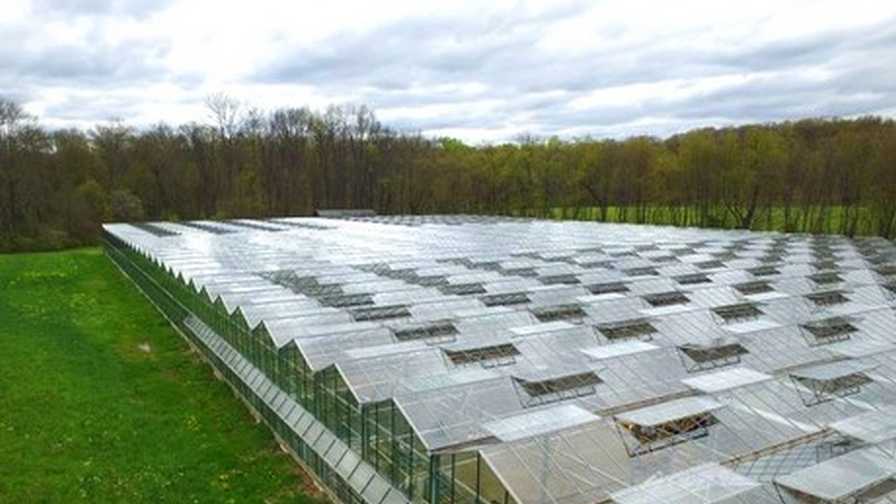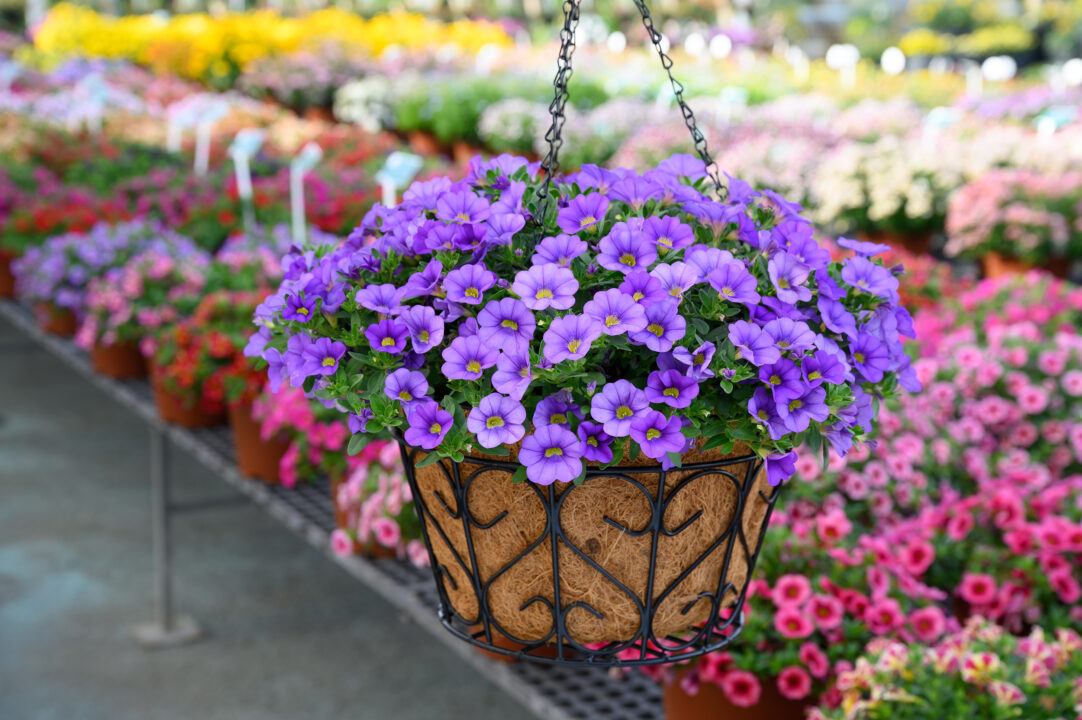Two Leafy Greens Growers Outline Their Path to Sustainability
 As the controlled-environment agriculture (CEA) industry continues to grow, sustainability has become an important topic and a vital aspect of every business operation. But how do you define sustainability, and how does it factor in to how you grow your product, invest in your company, and market your crop to your end consumer?
As the controlled-environment agriculture (CEA) industry continues to grow, sustainability has become an important topic and a vital aspect of every business operation. But how do you define sustainability, and how does it factor in to how you grow your product, invest in your company, and market your crop to your end consumer?
These were among a few of the topics during a recent webinar on “The Path to CEA Sustainability” presented by the Greenhouse Lighting and Systems Engineering (GLASE) consortium, which was established by Cornell University and the Rensselaer Polytechnic Institute. The consortium fosters the development of advanced greenhouse lighting and control systems that are tailored to the needs of specific greenhouse and indoor-cultivated crops. Part of a monthly series, the webinar was moderated by Dr. Erico Mattos, Executive Director of GLASE and co-founder and CEO of Candidus, who was joined by leafy greens producers Matt Lingard, Vice President of Agriculture and Science at BrightFarms, and Serdar Mizracki, CEO of Element Farms.
Here are a few highlights from the discussion (you can find the entire conversation here).
Sustainability provides a new perspective on growing plants: “We think we can grow things in different ways than have been done in the past,” Lingard says. “Outdoor growing increases risks to pathogens, and traceability can be tough because of the long and complex supply chain. We try to simplify the supply chain by putting our greenhouses close to where people live.”
The CEA industry as a whole is growing rapidly, Lingard says. While this means there are opportunities to be more sustainable, there are also challenges (more details on this below).
Smaller-scale, hyperlocal focus can help with sustainability. “We chose to be vertically integrated, and we grow a wide portfolio of greens and herbs,” Mizracki says. “We pack on site and deliver, with our own trucks and drivers, direct to the location where they’re sold. This helps us compete with field-grown products at supermarkets because our quick delivery offers additional shelf life for consumers. In fact, we’ve built both our business and our production models around this. It gives us flexibility in what we can grow.”
Sustainability works best in win-win scenarios. “We all start with sustainability in mind, but it’s hard to do it well given the cost,” Lingard says. “We focus on things that give us multiple wins, like the plant quality and yield benefits that LEDs can offer.”
Wingard notes that consumer data continues to show that local is still one of the biggest drivers for consumers.
“They may want sustainable products, but it doesn’t mean they’re willing to pay for it,” he says.
Balancing the needs of all your customers can be a challenge. “We don’t talk to consumers every day. We talk to store produce managers,” Mizracki says. “So when it comes to getting the most value or best margins, unit economics is a big part of it.”
Mizracki says Element’s supermarket customers place a lot of value on local, not only for the carbon footprint reduction, but also for being a stable local business, and for a lower food safety risk.
“For these customers, health benefits can be a priority over sustainability,” Mizracki says. “We are waiting to see if our consumers will start placing more value on sustainability. We recently switched to less plastic packaging, and while this decision made us feel good about our impact, we are starting to see more consumers appreciate it.”
It is possible to naturally improve your carbon footprint. “For every unit of field-grown lettuce we can replace, we can reduce the industry’s overall carbon footprint,” Mizracki says. “Our own footprint can get better as we improve yield and quality per square foot. By investing in our own productivity, we can get the result of better sustainability.”
It can be challenging to invest in sustainability while keeping your company more operationally efficient financially. “For us, labor is our biggest expense (mostly in packaging), and energy consumption for lighting is second,” Lingard says. “There is certainly opportunity to do more in this area.”
A better-trained team, and better decision-making tools, can smoothen the path to sustainability. “We first need good growers making good decisions, then we need automation tools to help them make the right decisions,” Mizracki says. “Compiling more quality data can help us use our equipment in a more energy-efficient manner.”
Lingard closes with a sense of optimism moving forward.
“We are getting better at sharing data and benchmarks across the industry,” he says. “As we gain the tools to solve our challenges, our future is bright.”









